The contemporary interior design landscape is experiencing a dynamic revolution, characterized by a seamless melding of aesthetics and functionality. This transformation is driven by an understanding that today's spaces must not only captivate visually but also serve the multifaceted needs of modern living. The result is an exhilarating new wave of interior design that prioritizes adaptability, efficiency, and personalization, reflecting the unique lifestyles and preferences of the individuals who inhabit these spaces.
Adaptability stands at the forefront of contemporary interior design. In an era where the pace of life and our roles within it are constantly evolving, spaces must be able to change just as quickly. This principle is manifesting in multifunctional furniture, movable partitions, and modular systems that allow for easy reconfiguration of living and working areas. Such design choices empower inhabitants to mold their environments to suit changing needs, whether it’s transforming a home office back into a living room or adjusting the layout to accommodate guests.

Efficiency is another pillar of modern interior design, reflecting a growing awareness of the need for sustainable living practices. Designers are increasingly making use of smart home technologies and energy-efficient materials to create spaces that minimize environmental impact while maximizing comfort and usability. This includes everything from automated climate control systems to furniture made from recycled or sustainably sourced materials, all designed to create a harmonious balance between modern living and ecological stewardship.
Personalization is perhaps the most distinctive aspect of contemporary interior design. With the rise of digital technologies, individuals now have unprecedented opportunities to tailor their environments to their personal tastes and needs. Customization goes beyond selecting colors or materials; it involves designing spaces that truly reflect an individual's personality, values, and lifestyle. Whether through bespoke furniture pieces, personalized lighting systems, or art that tells a story, today's interiors are as unique as the people who live in them.

Innovation is the driving force behind the evolution of interior design, propelled by advancements in technology, materials science, and a deepening understanding of human psychology. Designers are not only creating spaces that are beautiful and functional but also deeply connected to the well-being and aspirations of their occupants.
As we look to the future, the principles of adaptability, efficiency, and personalization will continue to guide the creation of innovative spaces. The contemporary interior design landscape is not just about redefining the way we live, work, and interact; it's about crafting environments that inspire, comfort, and empower, making every space a true reflection of the individuals who inhabit it.

The Rise of Smart Homes
The rise of smart home technology is fundamentally transforming the landscape of interior design, setting new standards for convenience, efficiency, and personalization in our living environments. As automated systems for lighting, climate control, security, and entertainment become increasingly integrated into our homes, the way we interact with our spaces is evolving. This shift towards smart interiors is not merely about embracing technological innovation; it's about reimagining the functionality of our living spaces to better suit the demands of modern life.
Smart lighting systems, for example, offer homeowners the ability to adjust the ambiance of their space with unprecedented precision—changing brightness and color to match the time of day or mood desired. This level of control extends beyond aesthetics, impacting well-being by aligning lighting with our natural circadian rhythms, thus enhancing sleep quality and overall comfort.

Climate control technologies are another key aspect of smart homes, enabling environments that automatically adjust to the occupants' preferences and the external weather conditions. These systems can learn from behavior patterns to optimize energy use, reducing costs while ensuring the home is always at the perfect temperature.
Security has also seen significant advancements with smart technology. Modern systems provide real-time monitoring, motion detection, and instant alerts to smartphones or other devices, offering peace of mind that was previously not possible. This enhanced security does not intrude upon the aesthetic of the home; instead, it's seamlessly integrated, maintaining the design integrity of the space.

Entertainment systems have been revolutionized by smart technology as well, with multi-room audio and video streaming capabilities that can be effortlessly controlled through a single device. This convergence of technology and design not only maximizes entertainment options but does so in a way that complements the interior aesthetics, hiding unsightly wires and equipment out of sight.
The integration of smart home technology represents a significant shift towards creating environments that are not just places to live but ecosystems that respond to and anticipate the needs of their inhabitants. This trend is reshaping the role of the interior designer, who must now consider not only the physical elements of a space but also how technology can be woven into the fabric of the design to enhance functionality and livability. As we move forward, the continued evolution of smart home technology promises to further enrich our living environments, making them more connected, personalized, and adaptable than ever before.

Multi-Functional Spaces
The increasing popularity of urban living, combined with the premium placed on space within cities, has catalyzed a significant shift towards multi-functional interiors. This trend reflects a practical response to the challenges of compact living, emphasizing the need for spaces that are not only aesthetically pleasing but also highly adaptable and efficient. Designers are now focusing on creating interiors that can seamlessly transition between different uses, maximizing the utility of every square inch while catering to the diverse needs of urban dwellers.
Fold-away furniture is at the forefront of this movement, offering an ingenious solution to the demand for space efficiency. Tables that fold down from walls, beds that disappear into ceilings, and desks that convert into dining areas are just a few examples of how furniture can be designed to be both functional and space-saving. These innovative pieces allow for the rapid reconfiguration of a space to suit various activities throughout the day, from working and studying to dining and entertaining.

Retractable partitions represent another key aspect of multi-functional design, enabling the transformation of open-plan spaces into segmented areas with specific purposes. These movable walls can easily be pulled out to create privacy for a home office or a guest bedroom and then tucked away when a larger, open space is needed. This flexibility is particularly valuable in small apartments, where the ability to adapt the layout of the home can significantly enhance its livability.
Convertible rooms are a further evolution of the multi-functional space concept, where entire rooms can shift in purpose with minimal effort. A living room can transform into a home theater, a spare bedroom into a study, or a dining room into a workspace, all through clever design and technology. This approach not only maximizes the functionality of each room but also allows residents to tailor their living environment to their changing needs and preferences.

The drive towards multi-functional spaces is not merely a matter of practicality; it also reflects a deeper understanding of the evolving relationship between people and their living environments. In the face of urbanization and shrinking living spaces, flexibility and adaptability become paramount. By incorporating elements such as fold-away furniture, retractable partitions, and convertible rooms, designers are ensuring that modern interiors are capable of meeting the complex and varied demands of contemporary life, making every square inch count.
Sustainable and Eco-Friendly Designs
Sustainability has taken center stage in contemporary interior design, transcending trend status to become a core principle guiding the creation of modern spaces. This shift reflects a growing recognition of the environmental impact of design choices and a commitment to reducing this footprint through thoughtful, eco-friendly practices. Sustainable interior design is not just about selecting materials and products that minimize harm to the planet; it's also about crafting spaces that are aesthetically pleasing, healthy for occupants, and in harmony with the natural world.

The use of eco-friendly materials is a cornerstone of sustainable design. Designers are increasingly turning to resources that are renewable, recycled, or sustainably sourced. Bamboo, cork, reclaimed wood, and recycled metals and plastics are just a few examples of materials that offer both environmental benefits and aesthetic appeal. These materials not only help reduce waste and conserve natural resources but also add texture, warmth, and character to interiors, contributing to visually stunning spaces that tell a story of environmental responsibility.
Energy efficiency is another critical aspect of sustainable design, with a focus on appliances, lighting, and systems that minimize energy consumption. The integration of LED lighting, energy-star-rated appliances, and smart home technologies allows homeowners to significantly reduce their energy use and costs. This approach extends to the design of spaces themselves, with layouts and architectural features that maximize natural light and ventilation, reducing the need for artificial lighting and climate control. Such designs not only lessen the environmental impact of a home but also create brighter, airier, and more comfortable living environments.

Beyond materials and energy use, sustainable design also encompasses the broader impact of interiors on health and well-being. The use of non-toxic paints and finishes, natural fibers, and indoor plants contributes to a healthier indoor environment, free from harmful chemicals and pollutants. These elements also enhance the visual and tactile experience of a space, reinforcing the connection between sustainable practices and aesthetic richness.
Sustainable and eco-friendly designs are being embraced not merely for their environmental benefits but for their ability to create spaces that are visually appealing, functionally efficient, and psychologically uplifting. This holistic approach to design reflects a deeper understanding of the role of interiors in shaping our relationship with the environment and with each other. As we move forward, the principles of sustainability are set to play an even more significant role in the evolution of interior design, driving innovation and inspiring spaces that are not only beautiful and functional but also responsible and resilient.

Biophilic Design Elements
Biophilic design represents a transformative trend in contemporary interior design, emphasizing the integration of natural elements into built environments to forge a deeper connection between humans and nature. This approach, rooted in the innate human affinity for the natural world, is gaining traction for its profound impact on well-being, productivity, and the overall sensory experience of a space. By bringing elements such as plants, water features, natural light, and materials like wood and stone into interiors, designers are crafting spaces that not only soothe the eye but also nourish the soul.

The incorporation of plant life is a hallmark of biophilic design. Indoor plants, green walls, and even small indoor gardens contribute to a sense of vitality and freshness, improving air quality and adding a dynamic, living aspect to interior spaces. The presence of greenery has been linked to reduced stress levels, increased creativity, and enhanced mood, benefits that are especially valuable in settings such as offices and homes where people spend significant amounts of time.
Water features, such as fountains or indoor ponds, introduce a dynamic and soothing element through both sight and sound. The gentle murmur of flowing water can transform an interior space into a tranquil oasis, reducing stress and fostering a serene atmosphere. This auditory connection with nature complements the visual and tactile experiences provided by plants and natural materials, creating a holistic sensory environment.

The use of natural materials further reinforces the connection to the outdoors. Wood, stone, bamboo, and other organic materials not only provide textural and visual warmth but also subtly remind occupants of the natural world outside. These materials can be used in floors, walls, furniture, and decorative elements, weaving a consistent thread of nature throughout the design.
Biophilic design extends beyond mere aesthetics, touching on aspects of functionality that impact health and well-being. Natural light is a critical component, with spaces designed to maximize daylight exposure through windows, skylights, and strategically placed mirrors. This not only reduces the need for artificial lighting but also supports the body's circadian rhythms, enhancing sleep quality and overall health.

The trend toward biophilic design is a response to the growing recognition of the importance of our environments in shaping our mental and physical health. As research continues to reveal the benefits of a closer connection to nature, designers are finding innovative ways to integrate these elements into their projects. The result is a new generation of interiors that are not only beautiful and functional but also deeply attuned to the human need for nature, offering spaces that truly enrich the quality of life for their occupants.
Embracing Minimalism
Embracing minimalism in interior design reflects a growing desire for clarity, simplicity, and tranquility in our physical surroundings—a counterbalance to the often chaotic and overstimulated pace of modern life. This design philosophy, which prioritizes simplicity and decluttering, resonates deeply with those seeking a more thoughtful and intentional approach to living. By emphasizing clean lines, neutral color palettes, and unobstructed spaces, minimalism goes beyond a mere stylistic choice; it becomes a functional strategy to enhance the sense of space, openness, and peace within the home.
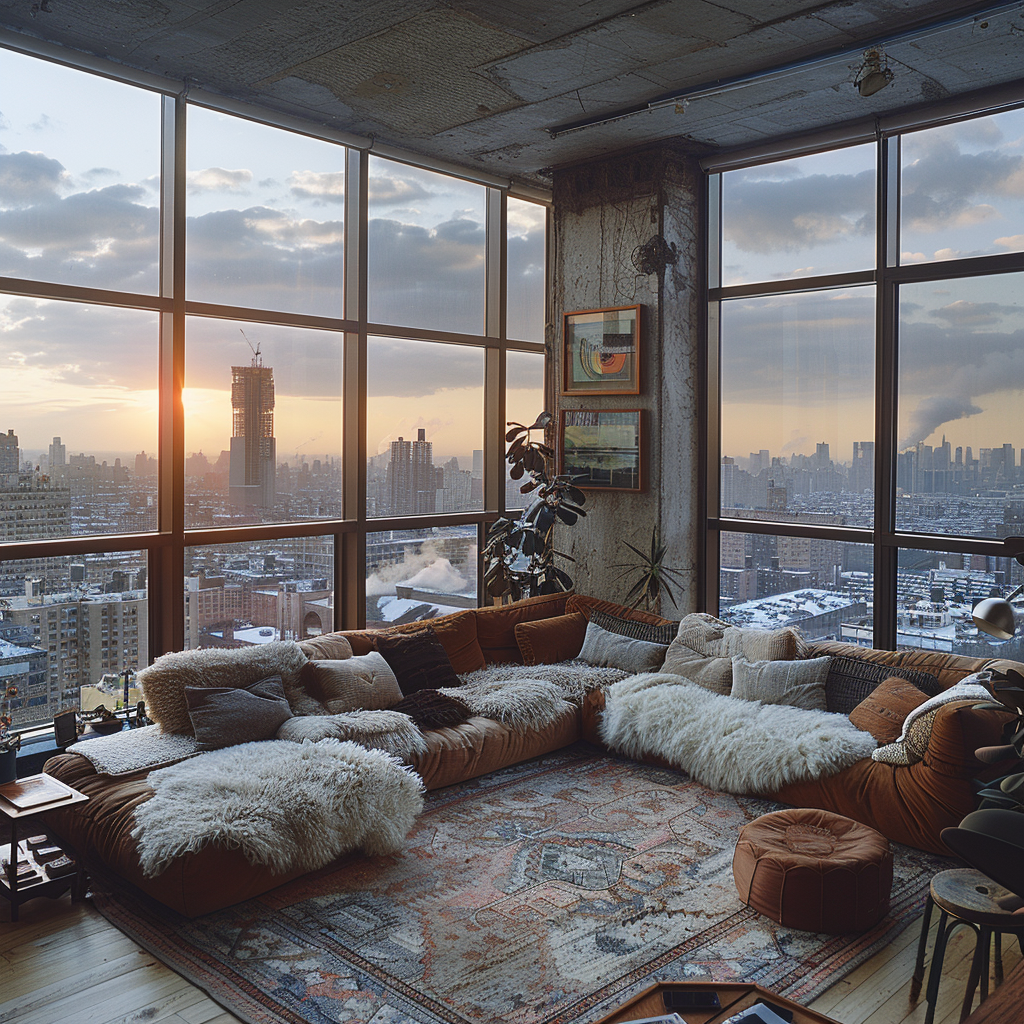
Minimalist design is characterized by a deliberate reduction of elements, focusing on the essentials rather than the superfluous. Furniture and decor are chosen for their form and function, with each piece serving a purpose. This thoughtful selection and arrangement of items not only create a visually appealing space but also facilitate ease of movement and use, embodying the principle that less can indeed be more.
The aesthetic appeal of minimalist interiors is often anchored in their use of neutral color palettes. Shades of white, beige, gray, and other muted tones create a serene and cohesive look, amplifying natural light and making spaces appear larger and more airy. This subtlety of color emphasizes the architectural and spatial qualities of a room, allowing the space itself, rather than decorative objects, to command attention.
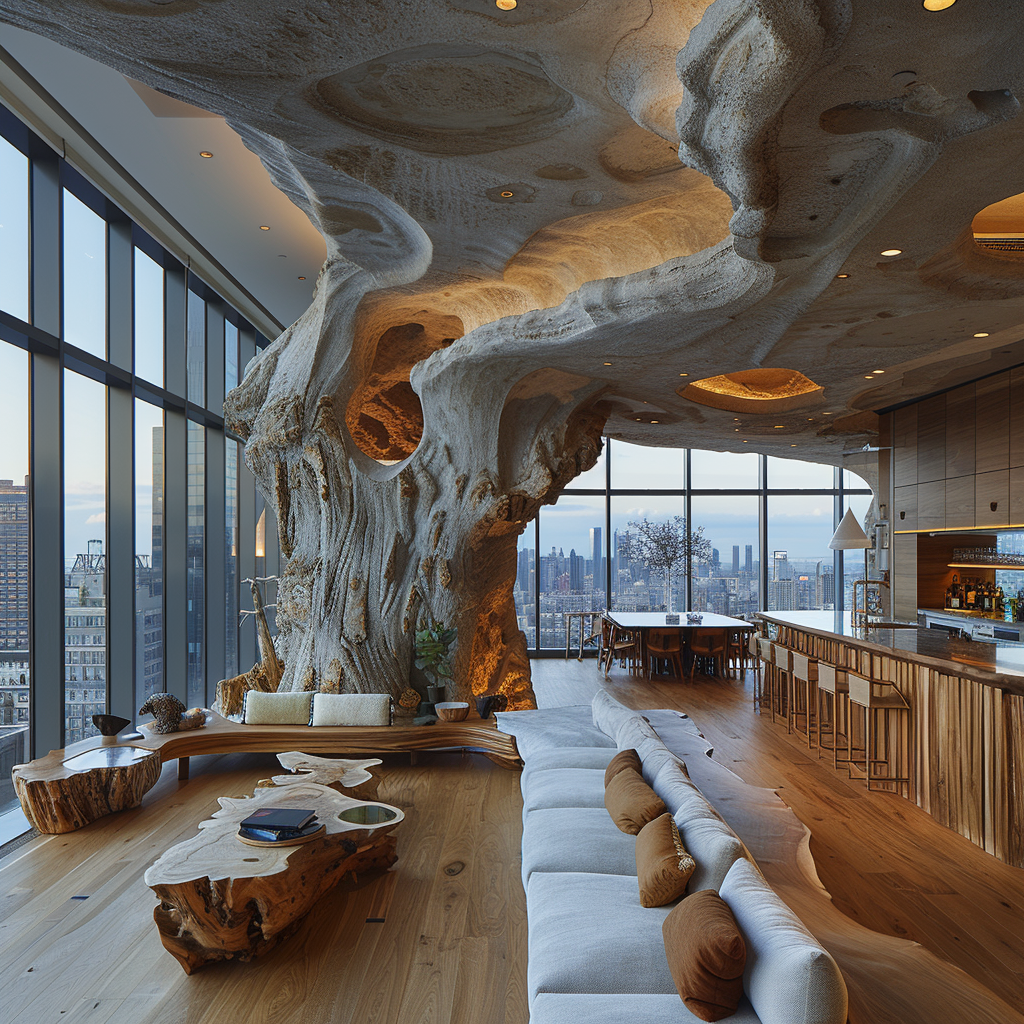
In minimalist spaces, the focus on unobstructed, open areas enhances the perception of tranquility and space. By minimizing clutter and carefully curating the items within a room, minimalism fosters an environment where the mind can relax, and the eye can rest. This sense of openness is not only physically liberating but also psychologically soothing, offering a sanctuary from the external world.
The functional benefits of minimalism extend to maintenance and cleaning, with fewer objects and simpler surfaces translating to easier upkeep. This practical advantage underscores minimalism's appeal as a lifestyle choice, promoting an environment that supports clarity of thought and calmness of spirit.
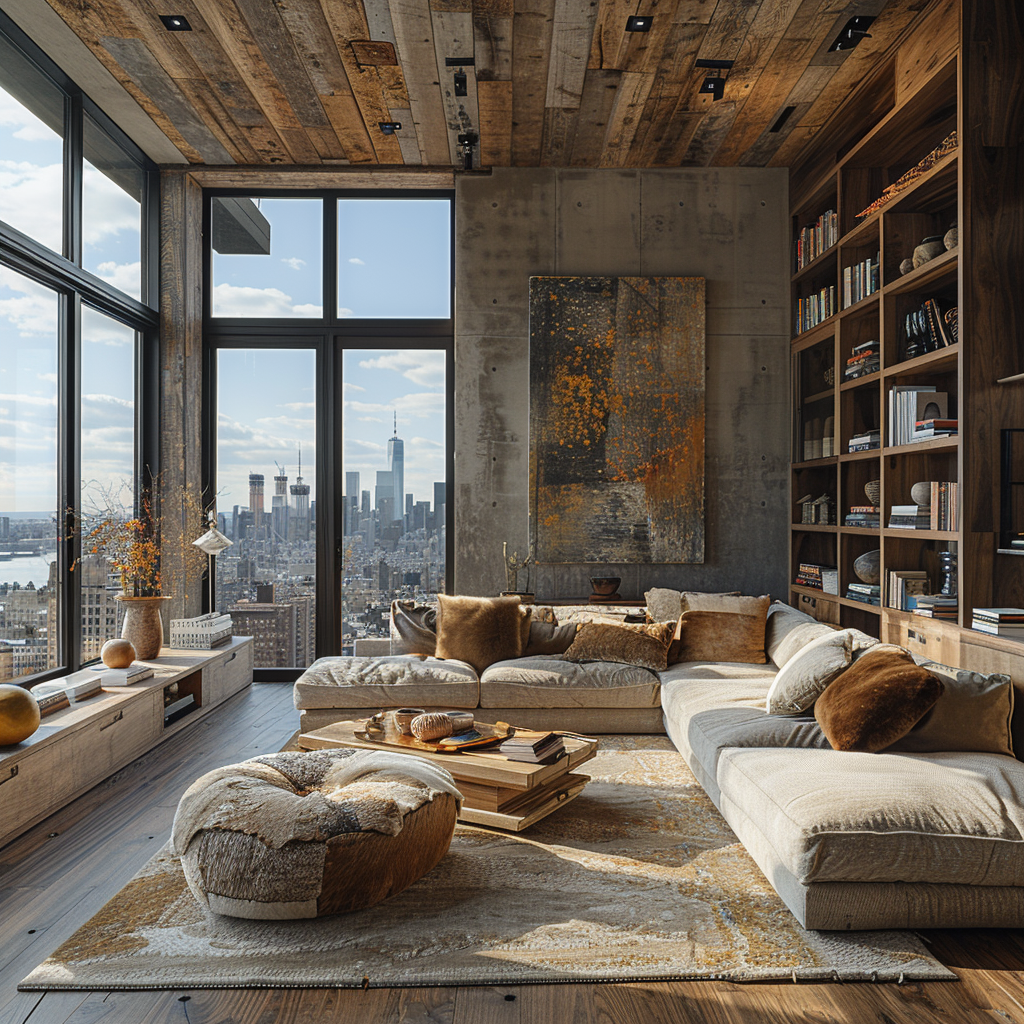
In today's fast-paced and complex world, the minimalist approach in interior design offers a way to reclaim a sense of control and serenity within our personal spaces. It's a testament to the power of design to influence not just our physical environments but also our mental and emotional well-being. As minimalism continues to evolve, it remains a poignant reminder of the beauty and functionality inherent in simplicity, providing a blueprint for creating spaces that are not only visually striking but also deeply aligned with our needs for peace and simplicity.
Conclusion: The Future of Interior Design
The trajectory of interior design is charting a course towards an increasingly integrated and holistic approach, where the lines between aesthetics and functionality are not just blurred but harmoniously merged. The innovations and trends we're witnessing today—smart home technology, multi-functional spaces, sustainable and eco-friendly practices, biophilic elements, and minimalist aesthetics—are not fleeting fads but rather reflections of a profound shift in our collective priorities and values. The future of interior design is poised to further these explorations, setting new benchmarks for what our living environments can and should offer.
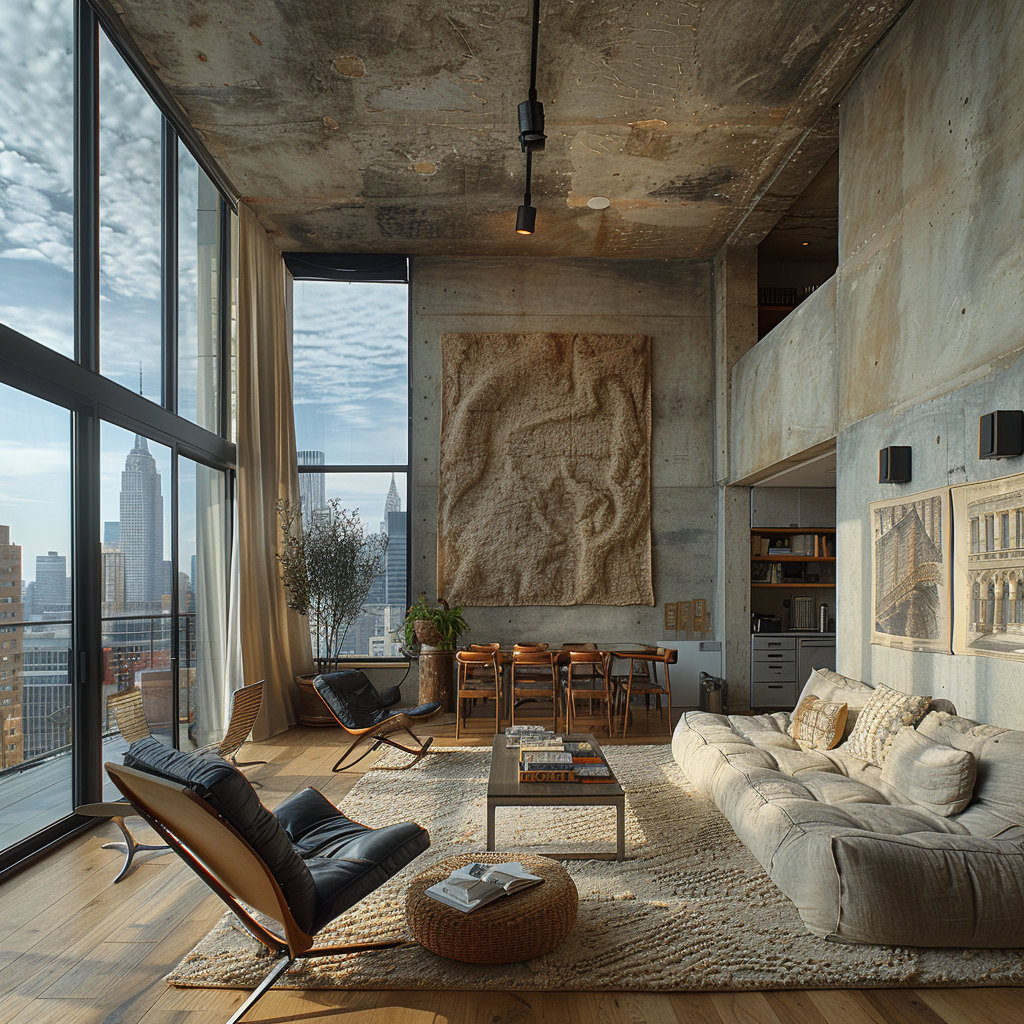
The embrace of technology within interior spaces underscores a broader societal move towards digitization and automation. Yet, as we integrate these advancements, the challenge and opportunity for designers lie in ensuring that technology enhances rather than detracts from the human experience of space. Smart homes, equipped with automated systems for comfort, convenience, and security, represent just the beginning of this journey.
Flexibility and adaptability in design reflect our dynamic and often unpredictable lives. The ability for spaces to transform in response to our changing needs—whether through multi-functional furniture, convertible rooms, or modular designs—is becoming increasingly crucial. This trend not only maximizes physical space but also supports a more fluid and versatile lifestyle.
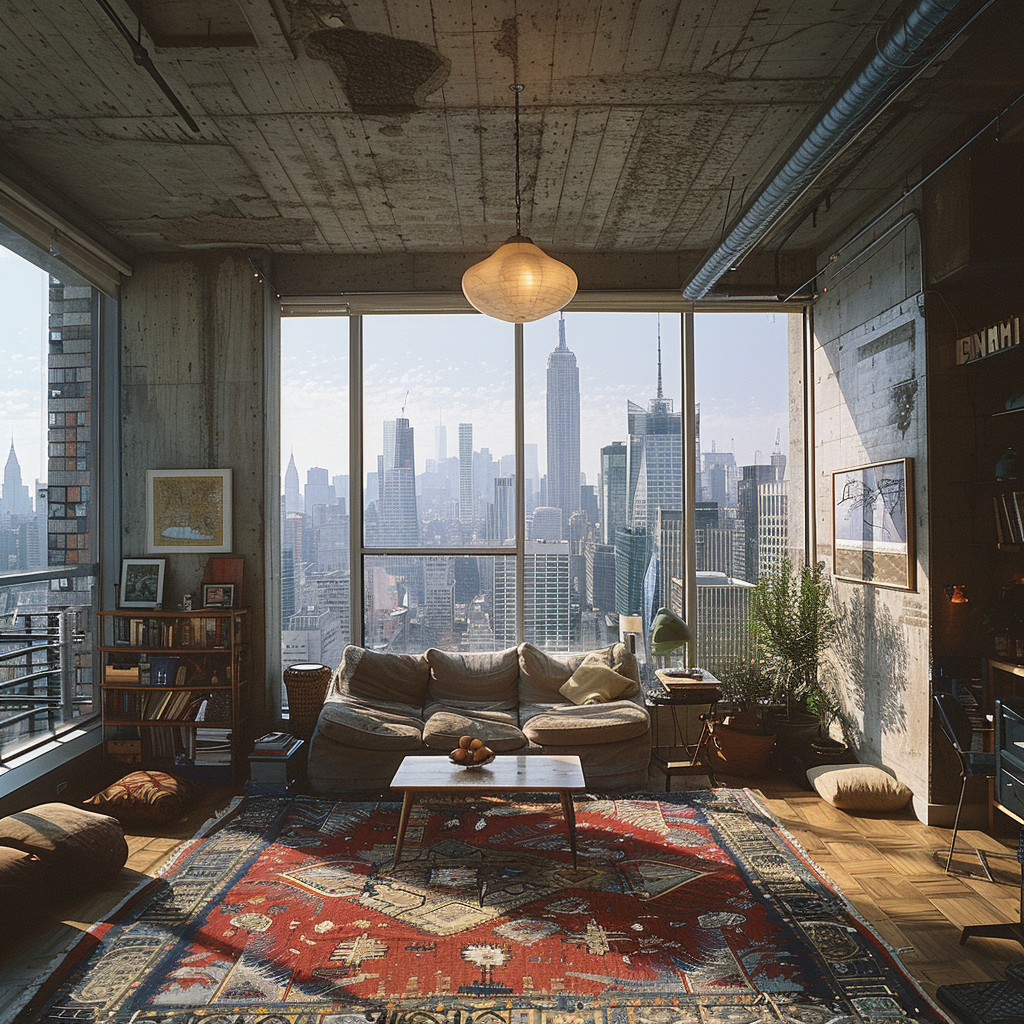
Sustainability and eco-friendliness are transitioning from optional attributes to fundamental considerations in interior design. This shift is driven by a growing awareness of our environmental footprint and a desire for healthier, more conscious living spaces. Through the use of sustainable materials, energy-efficient designs, and practices that reduce waste, interior design is aligning more closely with the principles of environmental stewardship.
Biophilic design elements bring the natural world into our homes, fostering a deeper connection with nature. This approach is not only aesthetically pleasing but also beneficial for our mental and physical well-being, highlighting the intrinsic link between our environments and our health.
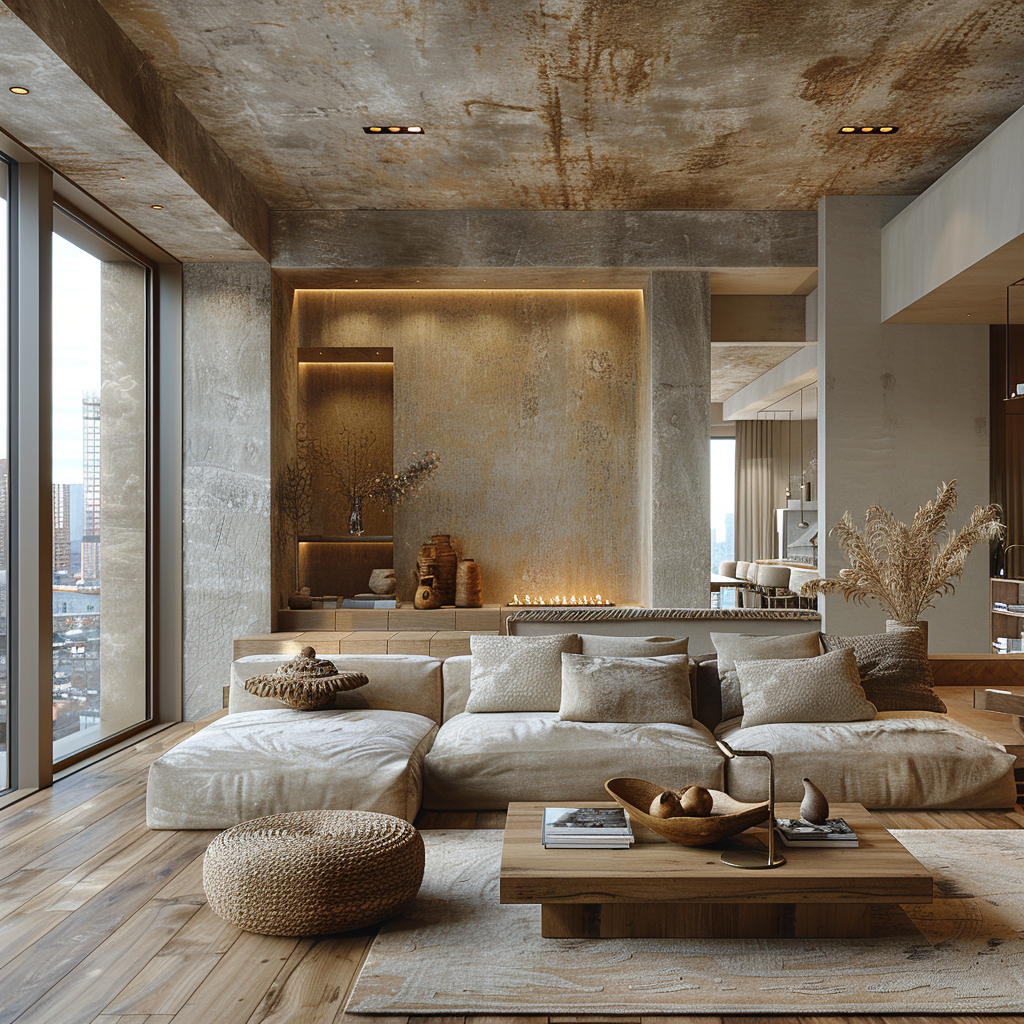
Minimalism, with its focus on simplicity and decluttering, continues to influence design by promoting spaces that are serene, clear, and focused. This trend speaks to a broader desire for tranquility and mindfulness in our homes, reflecting a shift towards intentional living.
As we look to the future, the most successful interior designs will be those that can seamlessly adapt to the evolving needs and preferences of their occupants. The aim is to create environments that are not just visually appealing but also deeply resonant with how we live now—spaces that support our well-being, reflect our values, and facilitate our lifestyles. The future of interior design lies in its ability to not only envision but also realize spaces that embody this integration, crafting environments that are both beautiful and profoundly attuned to the human experience.